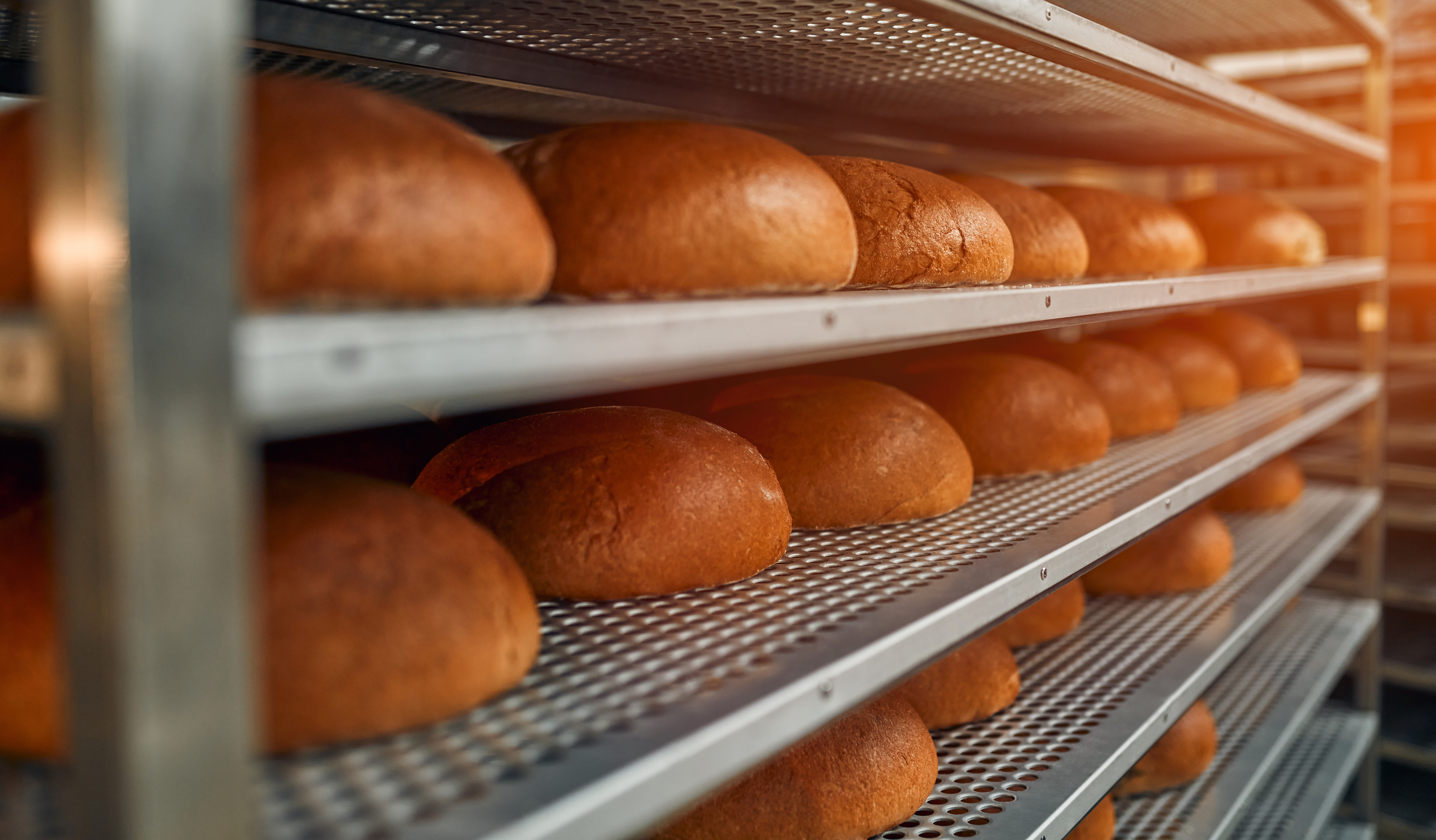Unveiling the SQF Edition 10 Process: Navigating the Landscape of Innovation and Compliance

The development of SQF Edition 9, like the development of many standards, followed a systematic and collaborative process. The development of each edition involves input from industry experts, stakeholders, and professionals in food safety.
As more than 600 food safety professionals prepare to gather at SQF Unites, March 11 – 14, 2024 in New Orleans, we know that industry feedback plays a pivotal role in the development of a new SQF edition.
The input and insights gathered from various stakeholders within the food industry are essential for several reasons: real-world insights, identification of gaps, practical implementation considerations, global perspectives, feedback on risk assessments, and opportunities for continuous improvements.
The need for a new edition of the Safe Quality Food (SQF) standard is typically driven by various factors that may include changes in the industry landscape, advancements in food safety science, regulatory updates, data analysis, and feedback from stakeholders. Here are some common factors that could constitute a need for a new SQF edition:
1. Industry Feedback
- Feedback from SQF-certified organizations, auditors, retailers, and other stakeholders is crucial. If there are consistent concerns, challenges, or suggestions for improvement, these can be considered in the development of a new edition.
2. Emerging Food Safety Issues
- The identification of new food safety risks or the emergence of other industry issues may prompt the development of additional requirements or updates.
3. Global Supply Chain Changes Events
- Changes in sourcing practices, transportation methods, or distribution networks may impact food safety considerations and necessitate adjustments in the standard.
4. Global Events and Crises
- Unforeseen events, such as foodborne outbreaks or other crises, may prompt a reassessment of food safety standards to prevent similar incidents in the future.
5. Regulatory Changes
- Changes in local, national, or international food safety regulations may necessitate updates to the SQF standard to determine if critical food safety aspects are properly addressed within the program.
6. Evolving Scientific Understanding of Food Safety Risks and Best Practices
- New technology, including new methods of food processing, packaging, and traceability, and advancing food safety best practices, may lead to the development of new guidelines or requirements within the standard.
7. Alignment with Global Standards and Programs
- Harmonization with other internationally recognized food safety programs, such as GFSI, must be considered to facilitate global trade and improve consistency in food safety management practices.
It's important to note that the decision to develop a new SQF Edition is made by the Safe Quality Food Institute (SQFI) in collaboration with industry stakeholders and experts. SQFI typically engages in a systematic process, including stakeholder consultations and public reviews to gather input before finalizing and releasing a new edition of the standard.
The image below is a draft of a proposed timeline. The definite final timeline will be posted once it is confirmed.

Here's a general overview of the process:
1. Initiation
- The need for a new edition is identified based on factors such as changes in regulations, advancements in food safety science, and feedback from stakeholders.
- A decision is made to initiate the development of a new edition.
2. Formation of Committees and Working Groups
- Committees and working groups are formed, consisting of representatives from various sectors of the food industry, including producers, processors, retailers, and regulatory bodies.
- These groups may also include experts in food safety, quality management, and other related fields.
3. Review of Existing Edition
- The current edition of SQF (in this case, Edition 9) is thoroughly reviewed.
- Identified areas for improvement, updates, or clarification are noted.
4. Gathering Stakeholder Input
- Input is sought from stakeholders through various means, such as surveys, public consultations, and industry forums.
- Feedback from different parts of the supply chain and food safety professionals is considered.
5. Drafting the New Standard
- Based on the feedback and identified improvements, the committees and working groups draft the new edition of SQF.
- The language is carefully crafted to be clear, concise, and applicable across diverse sectors of the food industry.
6. Public Consultation
- The draft of the new edition is made available for public consultation.
- Stakeholders, including food manufacturers, certification bodies, and other interested parties, are invited to provide feedback.
7. Revision and Finalization
- Feedback from the public consultation is carefully considered, and necessary revisions are made to the draft.
- The final version of the new edition is reviewed and approved by the relevant governing body or authority.
8. Publication
- The finalized SQF Edition is published, along with any accompanying guidance documents or resources.
- The effective date for the implementation of the new edition is announced.
9. Training and Implementation
- Training materials and programs are developed to help organizations understand and implement the new standard.
- Certification bodies and auditors are trained to assess compliance with the new edition.
10. Monitoring and Continuous Improvement
- The SQF Institute monitors the implementation of the new edition.
- Feedback is continually collected, and updates may be made as needed to address emerging issues or industry changes.
It's important to note that specific details of the process may vary, and for the most accurate and current information, it's advisable to refer to official and updated SQF communications and documents on sqfi.com.
Later this year, SQFI will be introducing a new public commenting system for you to share your comments about Edition 10 and the SQF Code. If you are you are interested in receiving more details about our public commenting system and providing feedback on Edition 10, use the button below to fill out our interest form.
Recent Blog Posts
The FMI Foundation, in partnership with SQFI, awarded 19 scholarships from 152 applications for the 2025-2026 Food Safety Auditing Scholarship program.
Private brands in the grocery industry are experiencing significant growth, evolving from budget alternatives to strategic assets that drive customer loyalty and distinguish retailers.
Recall prevention means embedding food safety throughout your operations so those failures never reach the customer.




